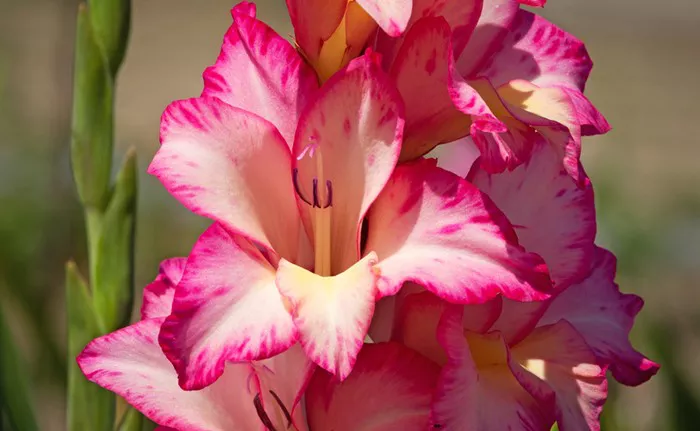Pressing flowers is a timeless art form that allows individuals to preserve the fleeting beauty of nature indefinitely. Whether you’re a seasoned botanist, an avid gardener, or simply someone who appreciates the delicate intricacies of flowers, knowing how long to press your botanical specimens is crucial to achieving optimal results. In this comprehensive guide, we will delve into the various factors that influence pressing duration, explore different pressing methods, and provide expert tips for preserving your blooms with precision and care.
Understanding the Importance of Pressing Duration
Pressing duration plays a pivotal role in determining the quality and longevity of your pressed flowers. While it may be tempting to rush the process, proper patience and attention to detail are essential for achieving the desired outcome. The duration of pressing depends on several factors, including the type of flower, its moisture content, and the pressing method employed.
Factors Influencing Pressing Duration
Type of Flower: Different flowers have varying moisture levels and structural characteristics, which can impact the duration required for pressing. Thin-petaled flowers like daisies and pansies typically require less time, whereas thicker blooms such as roses and carnations may need longer pressing periods.
Moisture Content: The moisture content of the flowers directly affects how long they take to press. Freshly picked flowers contain more moisture and may require additional time to dry thoroughly. Conversely, flowers that are slightly wilted or have been allowed to air dry for a few hours may press more quickly.
Pressing Method: The method used for pressing flowers also influences the duration of the process. Traditional methods, such as pressing between heavy books or using a flower press, may take several weeks to achieve optimal results. Alternatively, modern techniques like microwave pressing or using a flower press machine can expedite the process significantly.
Recommended Pressing Durations for Common Flowers
While pressing durations can vary depending on individual circumstances, the following are general guidelines for pressing common types of flowers:
Thin-Petaled Flowers (e.g., Daisies, Pansies): 1-2 weeks
Medium-Petaled Flowers (e.g., Roses, Tulips): 2-3 weeks
Thick-Petaled Flowers (e.g., Carnations, Sunflowers): 3-4 weeks
It’s important to monitor the progress of your pressed flowers regularly and adjust the pressing duration as needed based on their condition.
Methods for Pressing Flowers
Traditional Pressing: This method involves placing flowers between the pages of a heavy book or pressing them between sheets of absorbent paper. The book is then weighed down with additional books or heavy objects, and the flowers are left to dry for several weeks.
Flower Press: Flower presses are specially designed devices that consist of two wooden boards with screws or straps for applying pressure. Flowers are arranged between layers of blotting paper or cardboard and pressed tightly together using the screws or straps. Pressing time can vary depending on the thickness of the flowers and the pressure applied.
Microwave Pressing: Microwave pressing is a quick and efficient method for pressing flowers using a microwave-safe flower press or a microwave flower press kit. Flowers are arranged between layers of absorbent paper and pressed in short intervals in the microwave until dry. This method can produce beautifully pressed flowers in a fraction of the time required by traditional methods.
Flower Press Machine: Flower press machines are mechanical devices that use hydraulic pressure to press flowers quickly and evenly. Flowers are placed between layers of absorbent paper and inserted into the press machine, where they are compressed with hydraulic force. This method is ideal for pressing large quantities of flowers or for achieving consistent results with minimal effort.
Expert Tips for Successful Flower Pressing
Choose Fresh Flowers: Select flowers that are in peak condition and free from blemishes or signs of decay for the best results.
Remove Excess Moisture: Gently blot the flowers with paper towels or allow them to air dry for a few hours before pressing to reduce moisture content.
Arrange Carefully: Arrange the flowers on the pressing surface in a single layer, taking care not to overlap or overcrowd them.
Monitor Progress: Check the flowers regularly during the pressing process to ensure they are drying evenly and adjust as needed.
Handle with Care: When removing pressed flowers from the press, use tweezers or a gentle touch to avoid damaging delicate petals.
Store Properly: Once pressed, store your flowers in a dry, dark place to prevent fading or discoloration over time.
Conclusion
Pressing flowers is a rewarding and therapeutic activity that allows individuals to capture the ephemeral beauty of nature in a tangible form. By understanding the factors that influence pressing duration, choosing the right pressing method, and following expert tips for success, you can create stunning pressed flower arrangements that will be cherished for years to come. So, gather your favorite blooms, exercise patience and precision, and embark on a journey of botanical preservation that is as fulfilling as it is timeless.


